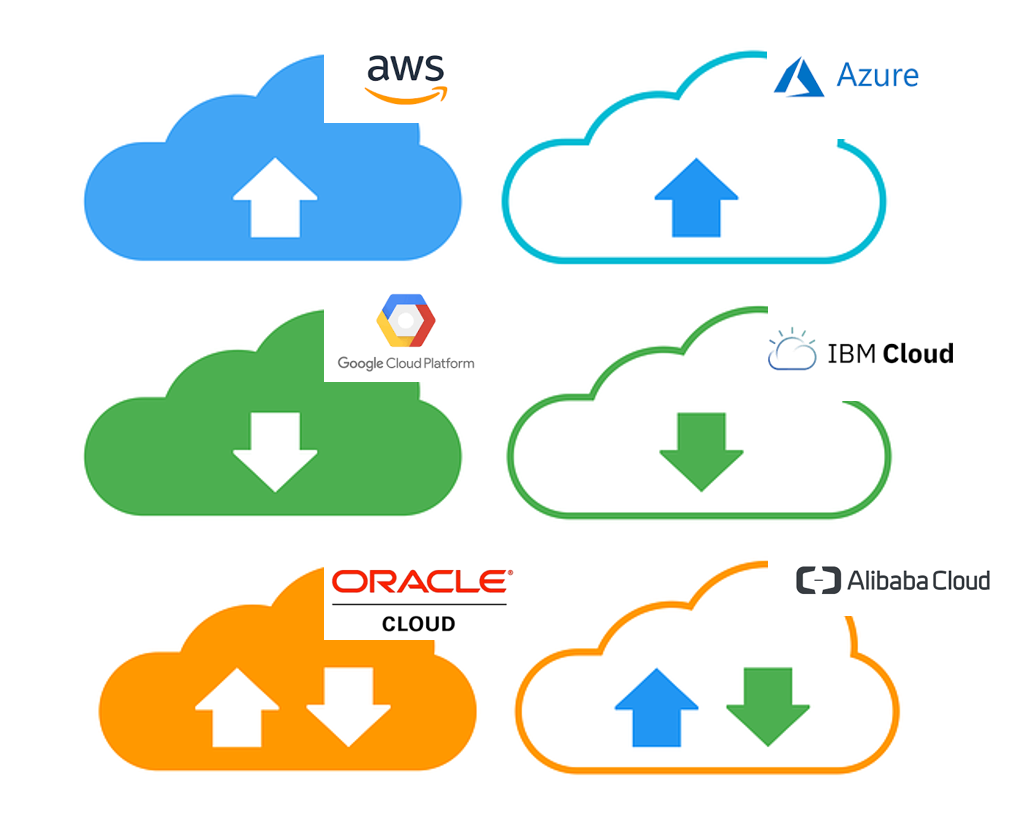Cloud industry’s Top Trends of 2019
According to the latest Gartner report prediction the public Cloud services market will grow from $182.4B in 2018 to $214.3B and then topping to $331.2B in 2022. This prediction and trend show the momentum that Cloud Computing has picked up in the last few years and how both Enterprise and SMB market sectors equally are moving to the Cloud. Cloud application services (SaaS) is still leading the pack as the most consumed service since this it is used across the spectrum of customers from small, mid-sized to large enterprises. Read More …
The Cloud of Tomorrow
In mid-November this year I was part of a panel of global Cloud experts and engaged in a Tweet chat to discuss the future of the Cloud. In this the Cloud of Tomorrow tweet chat session we discussed the emerging technologies within the Cloud Computing ecosystem and how the Cloud is evolving from just being a place for setting up simple Web apps and infrastructure to a destination to enable enterprise grade and business critical scenarios including Hybrid Cloud, Machine Learning (ML), Artificial Intelligence (AI), IoT and Blockchain. The tweet chat was sponsored by HCL technologies and was hosted via their CIO Straight Talk Twitter handle.
Stop wasting money in the Cloud
Cloud costs and spend is going up for SMB and Enterprise customers across the board as companies initiate experiments in the Cloud to moving from experimentation to setting up and migrating production workloads. Along with this increase in Cloud investment, proportionately the Cloud spend waste is also going up. In this post we are going to outline some common Cloud utilization scenarios which may lead to cloud spend waste. Along with that we will also offer guidance and recommend some tools to optimize Cloud costs.
Just starting to work on your cloud strategy?
Most of the cloud strategy conversations tend to pivot around costs savings but that should not be the only factor you should consider when formulating your cloud strategy. Some key topics to include in your strategy discussion are security, resources required to configure and manage cloud services, monitoring and managing costs, governance and compliance. Let’s take on these key factors one by one to understand them a bit more in detail.
Enterprise cloud strategy incomplete without multi-cloud assessment
As you build your cloud enterprise strategy to start using the cloud or to migrate some of your workloads to the cloud, you need to consider multi-cloud as a core pillar of the of your Cloud strategy discussions. Let’s try to understand multi-cloud first. Multi-cloud by definition is to have multiple Cloud providers providing various Cloud services to you.
Join our Mailing List
Subscribe to our mailing list and get additional information on Digital Transformation, Cloud, AI, ML, IoT, Emerging Technologies, Education, Training and other related topics
Thank you for subscribing.
Something went wrong.




